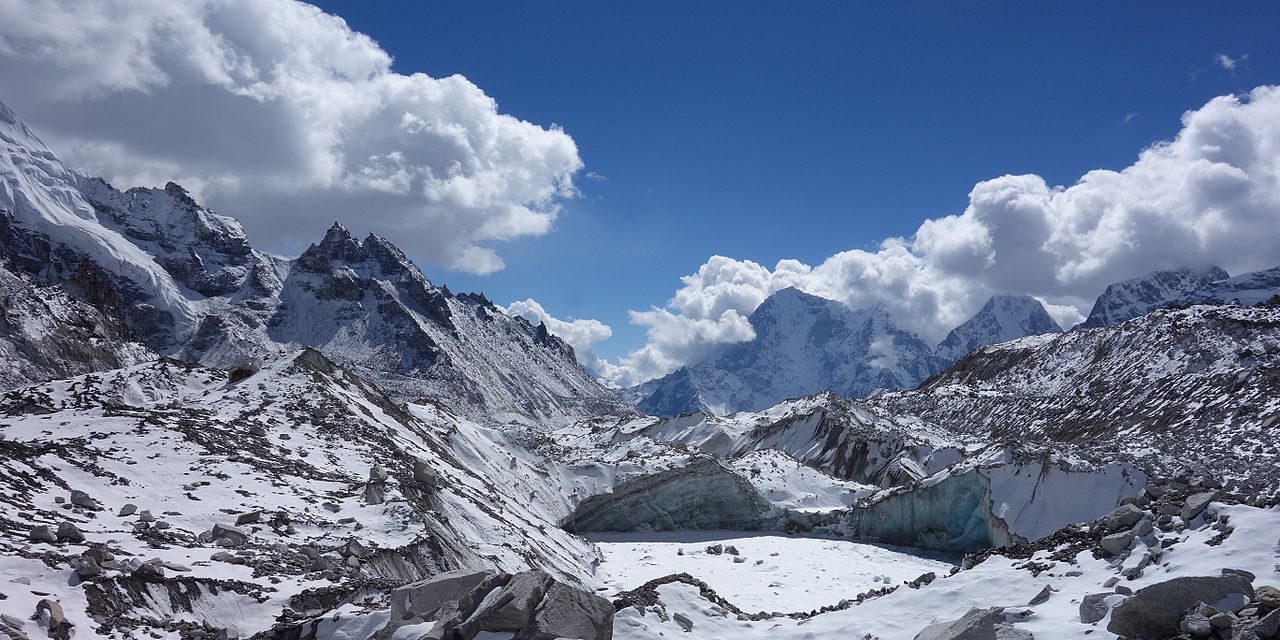
Mount Everest grows every year
Recommended for Middle Grades
Mount Everest is the tallest mountain in the world. It is located in the Himalayas.
The story of the Himalayas begins some 200 million years ago. At that time, the supercontinent of Pangea began to split into pieces. The Indian plate eventually broke free. It was trekking northward toward the landmass we now know as Asia.
Earth’s crust is made up of continental and oceanic plates. They move across the surface of the planet, which is called tectonic activity.
How was Mount Everest created?
Mount Everest was created by the collision of the tectonic plates of India with Asia. This collision is still uplifting the Greater Himalaya ever so slightly each year (several millimetres).
The Indian plate is shifting nearly 30 feet or more each century. The process continues even today. This causes the height of the mountain range to grow a little taller every year.
The peak of Mt Everest rises in height by about 2 cm each year. However, other natural events like earthquakes can disrupt this process. Experts say that Nepal’s devastating quake of April 2015 might have lowered the height of the peak.
Death zone
The region of Mount Everest above 8,000 metres is called the ‘death zone’ because of the lack of oxygen, coldness, and exhaustion for climbers.
Watch an interesting video on “Why is Mt Everest so tall”? Video credit: TED-Ed/Youtube
Curious Times is committed to providing the best experience and news to children. We bring to you the Curious Times Weekly with the top news of the week. You can also check out The Curious Magazine, the first children’s magazine with all the great content by the children, for the children. We would love for you, dear children, to write and get your stories, art, thoughts and more published at My Expressions. You can share all your published content through social media sharing links available on Curious Times.
Over 100,000 children are benefitting from Curious Times today! We continue to seek your valuable feedback to serve you better. Feel free to write to us at hello@curioustimes.in. You can also follow us on WhatsApp, Instagram, Facebook Youtube, Twitter, LinkedIn.
0 (Please login to give a Curious Clap to your friend.)
